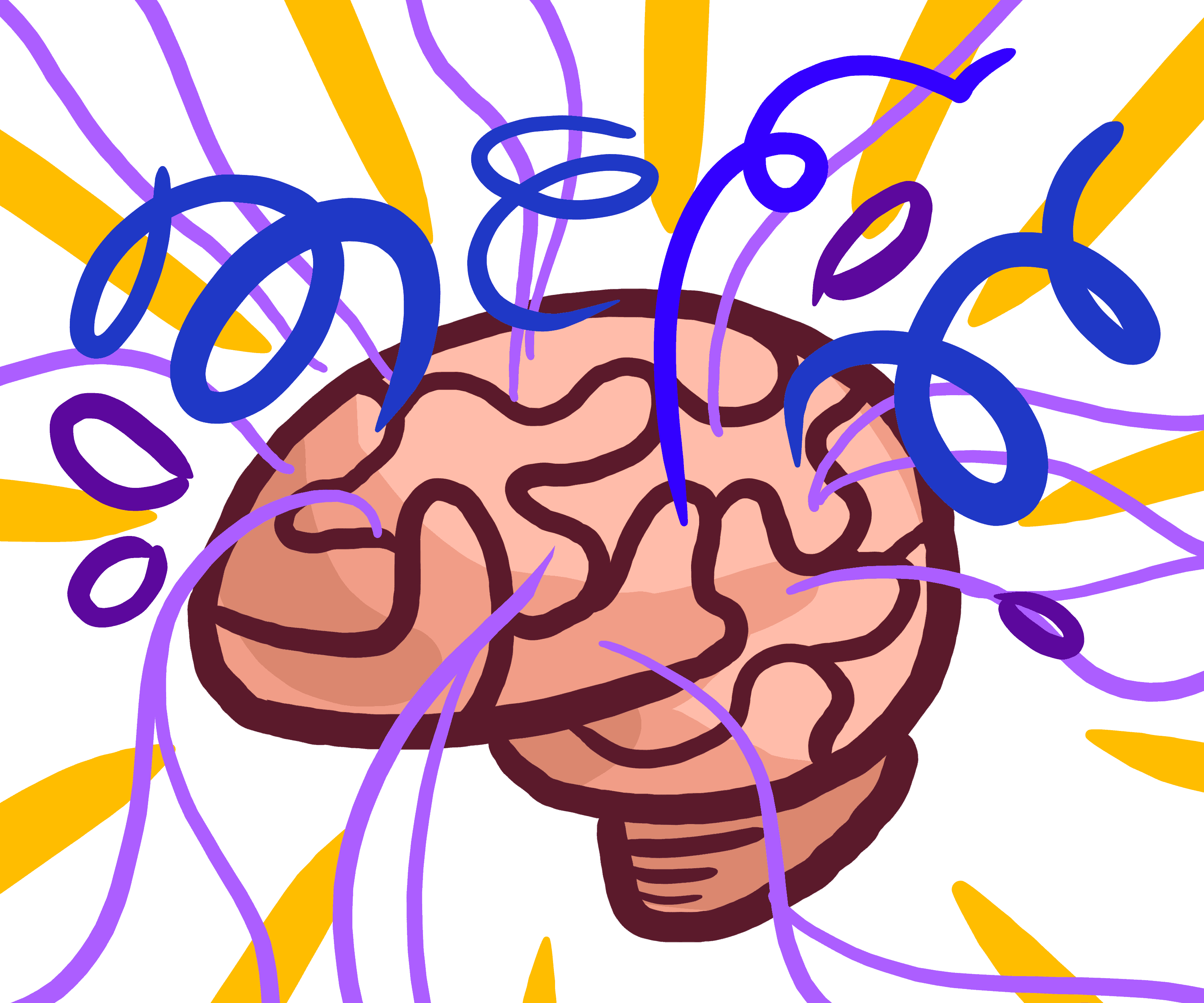Whether it is a medical emergency, financial uncertainty, or death of a family member, we have all experienced emotional stress at some time in our life. Some of us are resilient to such stressors, but others may develop long-term mood disorders, like anxiety or depression, as a result of them.
What makes one person more susceptible to mental illness and another more resilient? One factor is biological predisposition. Scientists have been looking to better understand the fundamental biological processes that influence mental health and how this knowledge can be used for intervention and prevention of psychological disorders.
Researchers from the University of Toronto, the Centre for Addiction and Mental Health, and the Hospital for Sick Children have been working to uncover clinical evidence for the “biological basis of stress-related disorders,” including depression and anxiety.
Using a previously unexplored preclinical method called ‘whole-brain structural covariance’ on mice models, the researchers looked for synchronized changes in neuroanatomy across different regions of the brain in response to a stressful stimulus.
The researchers exposed mice to a series of stressful situations, including exposure to the scent of a predator’s urine, light cycle reversal, a tilted cage, and space reduction. Mice were then assessed for anxiety and depressive-like behaviours, and any anatomical changes in the brain were visualized using structural MRI.
The study’s findings suggest that stress may lead to a selective strengthening of the nodes involved in threat response at the expense of other behaviourally relevant functions. This can make things difficult, as it weakens the brain’s ability to adapt to future environmental changes.
Taking the experiment one step further, the researchers compared their mice brain images to those of a human population. Using reference images from a Duke University neurogenetics study, they compared the brain images of human participants who had experienced childhood stress or trauma and later reported symptoms of depression and anxiety to those of mice that had been exposed to the stress experiments.
The similarities between the structural network reorganization pattern in young adults and mice were striking. These results not only help strengthened the evidence for a biological basis for stress-related disorders, but they also provided cross-species evidence of large-scale behavioural and brain network alterations associated with chronic stress.
With this information, scientists are one step closer to understanding the complex pathways of mental illness, allowing them to better develop methods for early identification of vulnerable individuals as well as improving targeted therapies.


